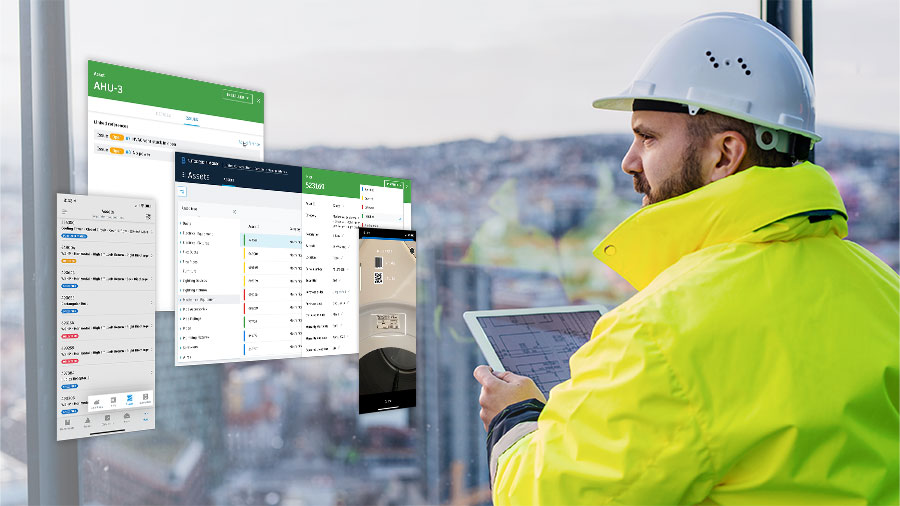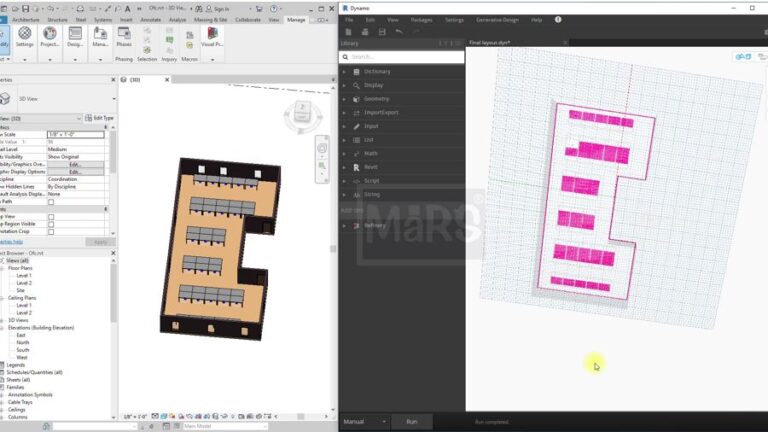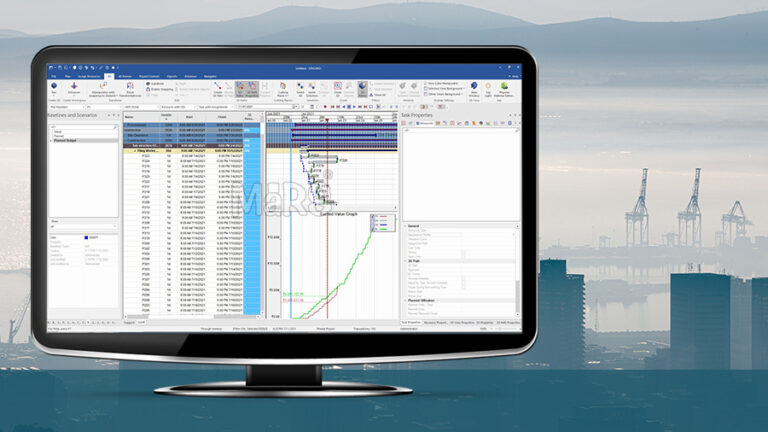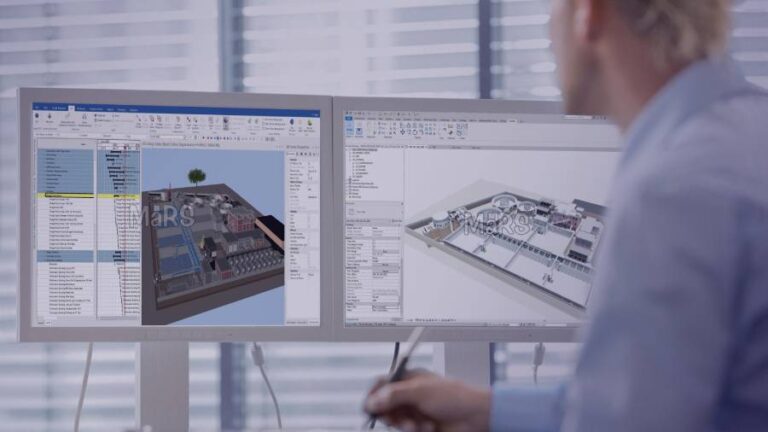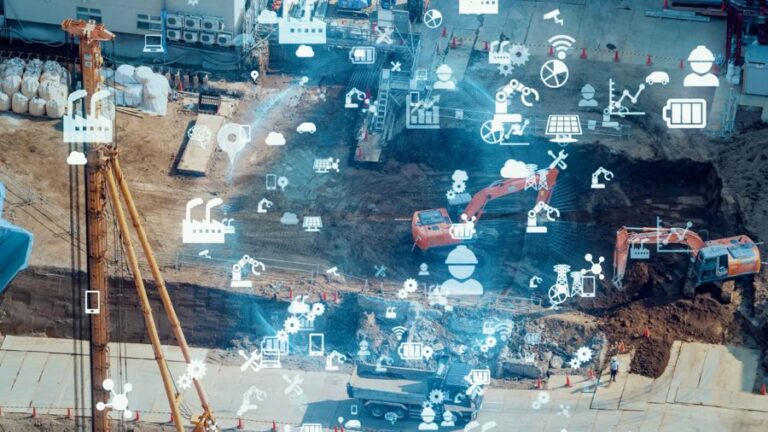How BIM can improve Asset management in construction projects?
BIM and Asset management play a vital role. There are multiple things that a person associated with this needs to know. One of the best things to date for BIM services is that it has reduced the manual workload and enabled a channel that has made things faster and easier. The construction industry globally is witnessing vast benefits only because of Building Information Modeling- BIM.
It is the individuals who have taken the initiative to increase their knowledge and awareness about the use of BIM services. With the integration of the 3D BIM Model, there has been a sustainable outcome of the project, which has better collaboration, enhanced visualization, better asset planning, and adequate time and cost management.
BIM can be known as the backbone of the construction industry, as it helps manage multiple staging of the project systematically. Whether the project is for constructing a new structure, or renovation or upgrade, BIM services take a solid stand for it. However, pre-construction staging of the project helps build the system as designed and modeled. But what is equally important is working on its operation and maintenance after the project’s completion.
Here it is an alarm concerning the assets that are built into the structure. This is where there is a need to undertake an asset management process, which is a crucial practice in the construction industry.
The work and use of asset management are to check and administer some of the core detailing of the building. It means checking on its daily maintenance, repair, operational and managerial work, as well as each asset installed in the building. There is a common perception of people in the construction industry, which means that people believe that BIM and asset management are independent practices. But the reality is not this. They correlate with each other. The details that these two processes share help streamline maintenance and reduce financial costs.
Role of BIM in asset management
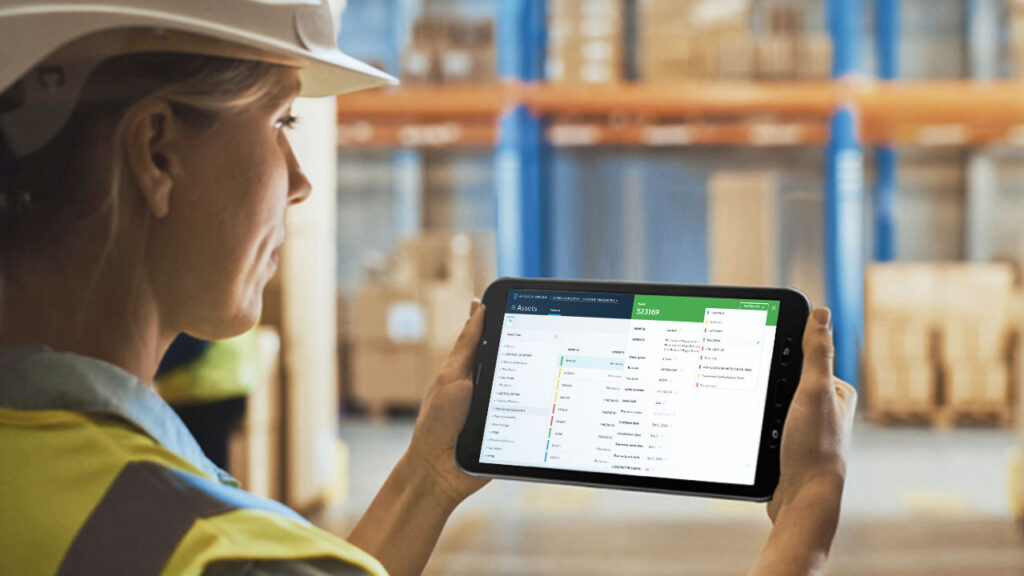
BIM is an effective tool that offers structured information management of the data considered for all construction stages and their lifecycle. The team shares the model design with collated data that moves around planning, designing, installation, commissioning, and other related aspects of the building asset.
Once the project is completed, the team must share and hand over digital building data with the respective owner with information about the asset and other details. The information shared will have information about the different staging of the investment, like performance, maintenance, and safety of the building.
Related blog:
Uses Of BIM Modeling In Architecture, Engineering And Construction
Benefits of integrating BIM and asset management
For seamless management of building data, the undertaking of BIM and asset management plays an important role. All the necessary information related to the project is linked with the database, that helps evaluate the essential information of the project as required. BIM is a comprehensive tool that helps create the asset’s digital twin, therefore making things easier and faster. Not only does it streamline the work, but it also provides real-time information on the project across asset categories.
BIM acts as a storehouse of the information with all necessary asset data, including multiple staging, and as an essential piece of information. The management details include the history of the asset, operational details, managerial aspects, size of materials, dependencies, and disaster recovery. Considering all these stages and parts gives asset management access and helps manage work with proper planning and implementation. Also, if any problem arises at any stage, it will take minimal time for the staff to resolve them and get a real-time update on the asset.
The use of a 3D BIM model helps identifies the points and linear assets in the building structure. It is a piece of information that provides necessary data interconnected with the effectiveness of the assets. The complete process and undertaking of the work are essential for managing all the required aspects of the project to a certain level.
BIM and asset management seem more accessible from one part, but to extract the exact data, the team also faces challenges if BIM is not considered. With BIM, the data and essential information can be removed, and the construction phase may avoid delay. It also affects the checking, identification, and finding of the location of the hidden assets.
The complete process without proper management and data extraction is time-consuming and wastes time, energy, human resources, and money. Hence, to avail the details systematically and avoid these errors, the realistic approach is to use the latest technology compared to the traditional method. Another reason is that BIM and asset management are the core requirements for all small and big construction projects.
Why MaRS BIM?
At MaRS BIM, we have a team of skilled and experienced professionals who think about work from a future perspective. Our team helps make the complete process easy to understand and leverage with the latest and updated software. To know more about our work or to outsource your project, all you can do is get in touch with our team of experts today.
